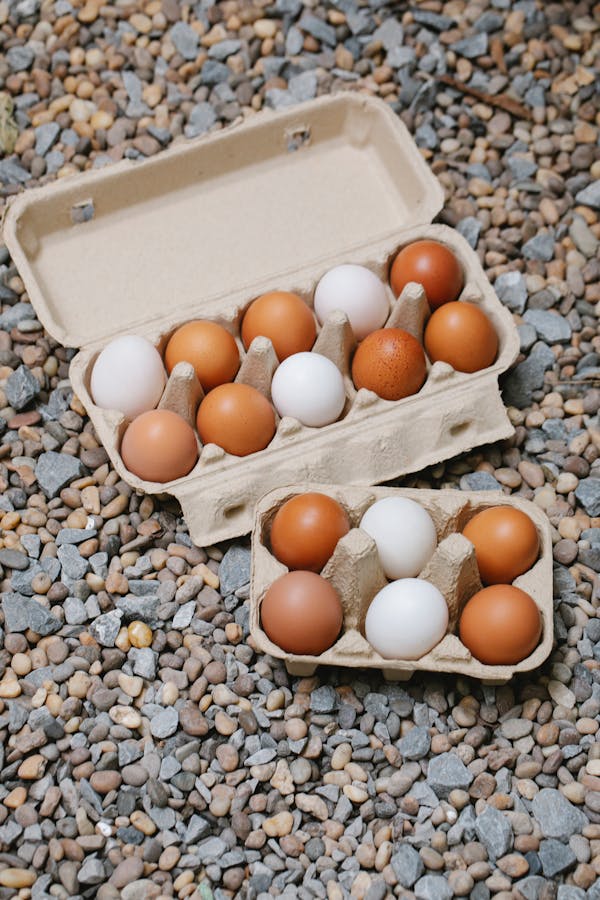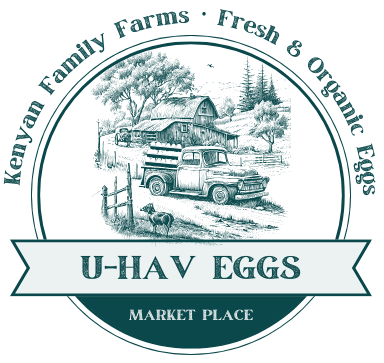The functions of egg parts come from their composition, including the micro and macronutrients in them. Even the amounts and types of fats and nutrients in the food can change depending on the diets of the chickens that lay them. Overall, though, eggs are still a healthy food in a compact, low-cost package. These foods are good for your health and good for your pantry as a quick way to start any number of baked recipes such as French toast, cupcakes, bread, smoothies, and more.
WHOLE EGGS
The whole isn’t always greater than the sum of its parts, but that may be true of whole eggs. The combination of fats from the yolk and protein from the whites makes the whole a complete food that serves as a binder, moisturizer, thickener, and flavor contributor to recipes.

While the shell seems strong, it has up to 17,000 pores. The tough shell keeps bacteria outside while still allowing moisture and air to pass through. Calcium carbonate in a crystalline structure makes up the shell. Between the shell and the white lie the inner and outer membranes and a cushioning air layer. These protect the inner white and yolk from bacterial invasions. The air cushion rests at the wide end, where it grows larger over time.
Inside these membranes, the chalazae suspend the yolk inside the white while connecting it to the other membranes. In very fresh eggs, the chalazae are more prominent. The white contains 40 different types of proteins and surrounds the yolk, which contains fats, vitamins, and minerals. All these components combine to make whole eggs a wonder for baking.
2. EGG YOLKS
The chalazae hold the yolk in the middle of the whites. Surrounding the yolk is a thin layer called the vitelline membrane. This layer holds in the contents of the yolk and prevents them from mixing with the white. Half of the yolk is made of water, while the rest comes from fats and proteins.

Almost all of an egg’s vitamins and minerals are in the yolk. Vitamins include vitamins A and D, thiamine, and riboflavin. Minerals found in the yolk are iron, calcium, phosphorous, and more. Other essential nutritional components of the yolk include lutein and zeaxanthin, both of which are more bioavailable in eggs than from other sources. So, despite their small amounts in yolks, the lutein and zeaxanthin you get are easier for the body to absorb and use.
Yolks are used to increase emulsification. Recipes that require more yolks than whites need a smoother finished product. While whites have some ability to emulsify, yolks do the job better, which explains their use in hollandaise sauce. Lecithin and other proteins in yolks help to unite oils and water in recipes while keeping them from separating after you stop mixing. The stability of the emulsion becomes critical for recipes like ice creams and frozen yogurts that change from liquid to solid states and need to keep the fats from separating.
3. EGG WHITES
Though made of up to 90 percent water, the whites also have 40 different proteins. These proteins create four layers in the white, also called the albumen. The layers alternate thickness from thick to thin and help to hold the yolk suspended safely away from the shell.

When you cook whites, they turn from transparent to opaque. This occurs when the proteins in the white cook. Heating whites uncurls the proteins, which link to other proteins from the white, forming new bonds that block out light, making the surface appear solid. If you continue to heat egg whites too long after they have set, even more bonds form, making them rubbery in texture.
Out of all the parts of an egg, the white has the unique ability to foam when beaten. However, whites only maintain stiff peaks in the absence of oils or fats. If you have greasy beaters or bowls, you will not get successfully beaten whites. In egg whites, the ovalbumin holds the foam during beating, while the protein ovomucin retains the air bubbles in the structure during baking. Substances without these proteins, like yolks, cannot achieve the light, airy foam possible with whites. When making angel food cake and other products that rely on this foam, whites have no suitable replacements.
INCORPORATE THE USEFULNESS OF EGGS INTO YOUR NEXT RECIPE
With so many uses and functions, you should always keep a carton of eggs on hand for everything including baking and making quick meals. From tenderizing and adding flavor to leavening and increasing nutrition, eggs perform so many duties in the kitchen they do not have an equal.
Because the success of your recipes relies on the quality and freshness of the eggs you use, choose a trusted name that connects you with the farm-fresh products you need — Eggs from U HAV. Why don’t you pick up your phone and make your order now?
